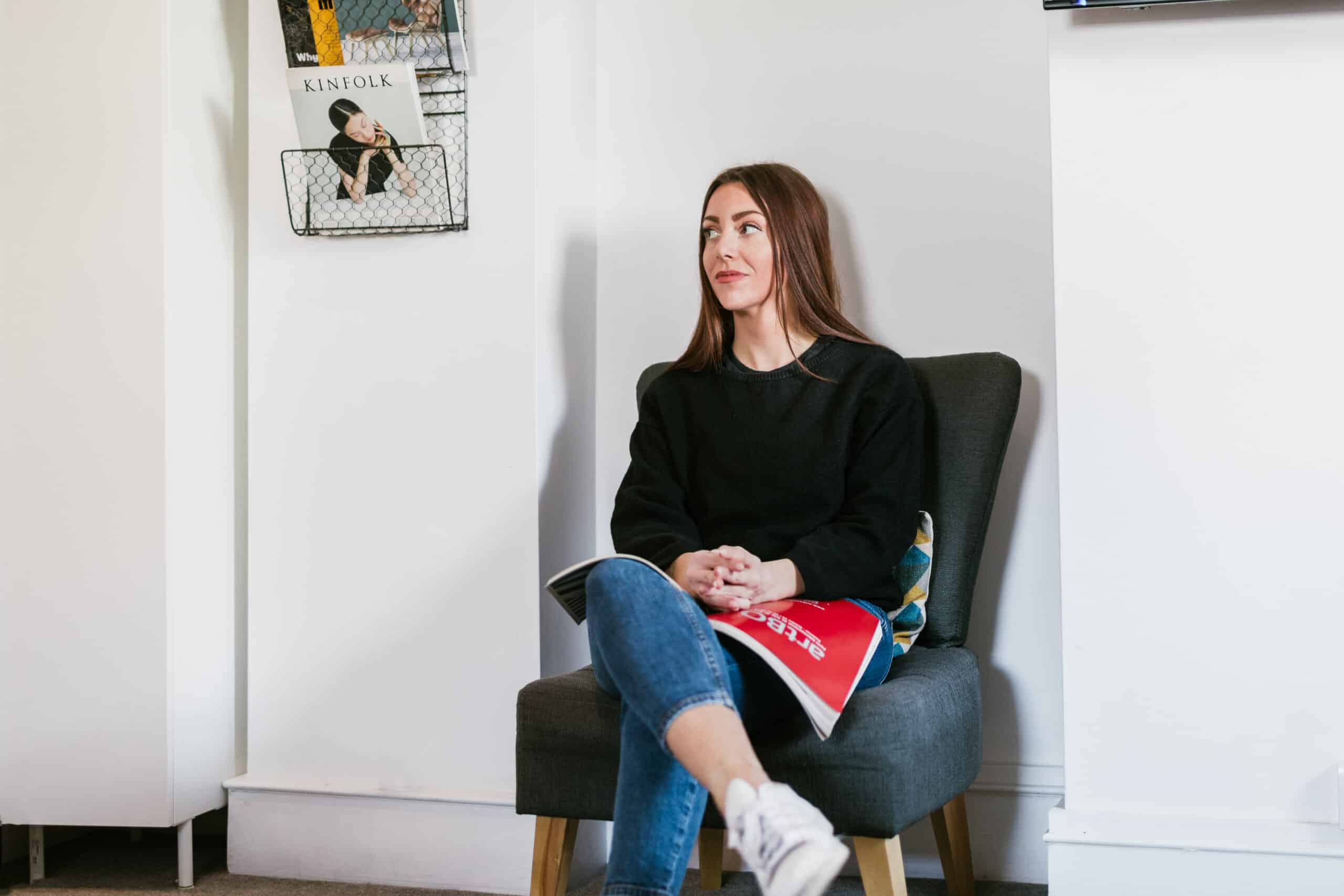Not doing any research on your audience is dangerous business. It means you’re building everything on guesswork. Which is a big risk. I don’t mean chatting to your mates who are sort-of, maybe, yeah I guess would fall into the ‘ideal customer’ category. I mean real research.

Ok, you get the point! Now tell let me tell you how…
1. Start by creating a survey focused on what people know. Focus on their experience of your brand/products/services, your competitors brand/products/service, their pain points, their objectives, what makes them tick, how they feel currently and how they want to feel. What is their ideal future state?
2. Interview 7 – 10 prospective customers/clients and go deep! Get to the crux of what they really think. Walk in their shoes. It’s a good idea to interview both existing customers with experience of your brand and those who haven’t worked with you or bought from you before.
3. Recreate your customer’s journey and how they experience and feel about each touchpoint of your brand that they would encounter.
4. Find out where they hang out and observe them (in a non creepy way). How do they behave? How do they communicate? Make notes.
The idea is to look for insights into how they feel, think and behave. By the end of this exercise you should have a solid idea of who these people are, the problems they’re facing and how you are uniquely positioned to alleviate these problems for them and help them reach their desired future state.
Building a business without really knowing your ideal customer is like shooting in the dark. And you’re likely to shoot yourself in the foot. It pays to get curious about your ideal customer.
Do you think you truly understand your ideal customer? If not, can you get to know them better using the framework above? Let me know how you get on: claire@claireholly.co.uk
Fancy a chat about your marketing strategy?
Pick my brains, for free, by booking a virtual cuppa: click to book
Or read another article:
Here are 6 reasons why it’s crucial to know your audience: click to read
If you enjoyed this post, I’d be really grateful if you shared it! Use the buttons below to share it to Facebook, Twitter, LinkedIn or to email it to a friend:


